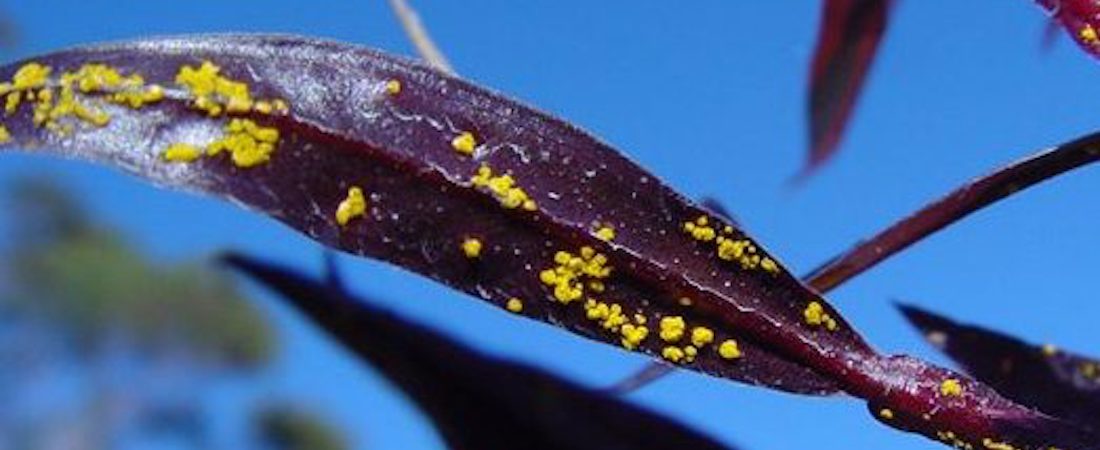
Project Description
Using SDM to Evaluate Management Responses to Invasive Non-Native Species
Like most countries, Australia applies risk assessment-based approaches to the prevention and management of invasive pests, including insects and fungal diseases. SDM approaches to this problem are in many ways similar, but additionally introduce considerations that are important to decision makers, including the formal use of trade-off analysis across multiple objectives. This includes the explicit recognition of resource constraints and of trade-offs across the biosecurity continuum (i.e. pre-border, border, post-border).
Over the course of two years, Compass, along with Value Scope Research, worked with the Australian Centre for Excellence in Risk Analysis (ACERA) to help apply Structured Decision Making approaches to the management of plant biosecurity threats in Australia. In this application, Compass partnered with ACERA and CSIRO to develop a workshop for senior federal and state government officials that considered five response strategies to an outbreak of Myrtle Rust, a potentially highly damaging invasive fungus. The strategies, ranging from ‘full eradication’ to ‘do nothing’, were evaluated against identified management objectives. Decision trees graphically represented the essence of the decision by displaying the relations between uncertainties and decision points. This participatory SDM approach resulted in informed and transparent response plans that incorporated multiple objectives in decision making under high uncertainty. See the paper, published in Conservation Biology.
Related Projects: Structured Decision Making, Risk, Stakeholder Facilitation


